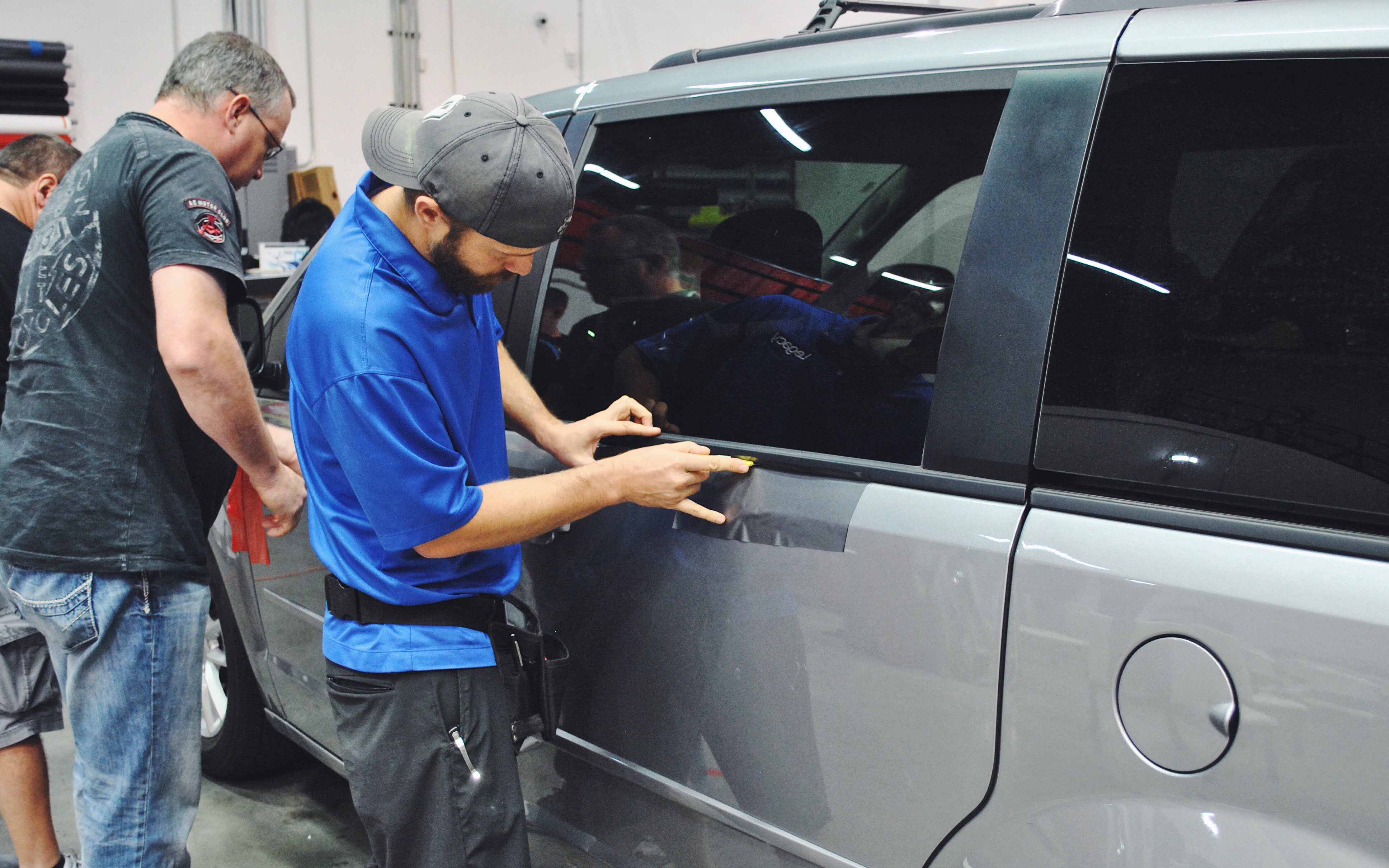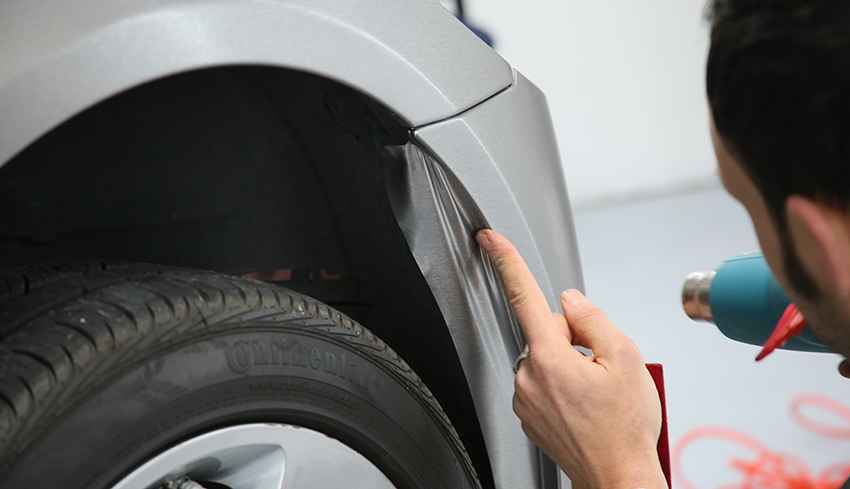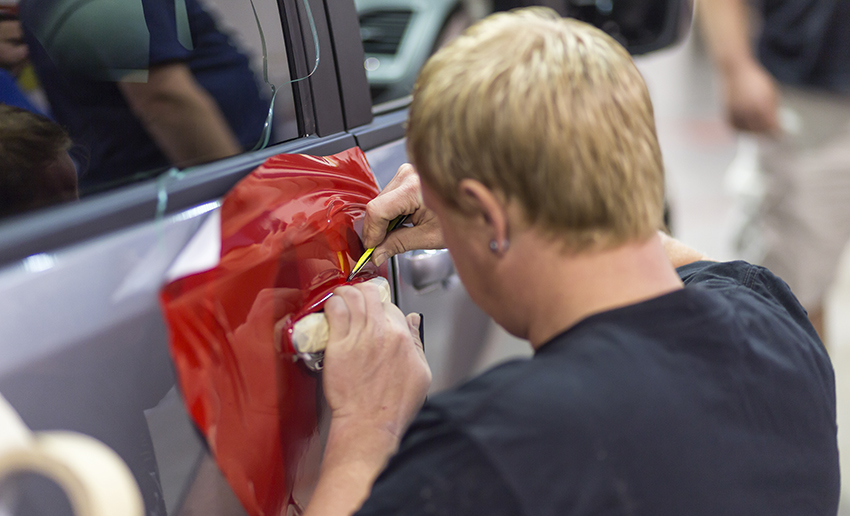 Log In
Log In How to Become a Certified Installer

A lot goes into becoming a certified installer. From fees to different exam types to learning how to maximize your certification - it can all be extremely overwhelming. That’s why we’re here to guide you through all the necessary steps to ensure you’re not wasting time or money.
DO YOUR RESEARCH AND DECIDE WHICH CERTIFICATION TEST IS RIGHT FOR YOU
In the last seven to ten years, manufacturers have started to make their own certification tests to make sure certified installers truly understand their material. Initially, this may seem like more work for you, but in reality, it allows you to choose a certification test that caters to your specific needs. In addition, you’ll know what material you’re working with going into the certification test, which gives you an automatic edge.
That being said, make sure whichever certification test you decide to take (and the location you take it) is reputable. Unfortunately, some certification tests in certain locations are known for being easier to pass, and even if you pass with flying colors, your certification may not be given the recognition it deserves.
UNDERSTAND WHAT GOES INTO A CERTIFICATION TEST
While each certification test is different, most of them maintain a similar structure. In order to go into the test with your best foot forward, it’s a good idea to understand what you’re getting yourself into financially, time-wise, and physically prior to taking the test.
it’s a good idea to understand what you’re getting yourself into financially, time-wise, and physically prior to taking the test.
- An upfront fee. These fees can run anywhere from $450 to $1,500 - and if you’re taking a workshop prior to the exam, it could be more. Make sure to calculate the total of both the workshop and the test fees to avoid any surprise expenses.
- Travel fees. As stated above, it’s important to choose the right location. Unfortunately, this means that you could have some hefty travel fees added to your overall cost of taking the certification test. Look at and book your flights and hotel as far in advance as possible, and make sure you include these costs in your overall certification test budget.
- A one-to-three day length. Most certification programs are one to three days long, and involve both a workshop portion and the test portion. Sometimes you’re able to decide not to participate in the workshop portion, but it’s strongly advised to take the workshop as the program instructors may want their film installed in a certain way. HIDDEN FEE: The length and timing of the workshop/test will affect the time you have to install that week. Make sure you factor in these lost work costs.
- Both an install and a written exam. Both of these will be on a point scale, and understanding the material is vital to pass both of these exams.
CERTIFICATION CONSIDERATIONS
While we believe the benefits outweigh any potential negatives of becoming certified, here are a couple things to consider:
- Not passing the test. After all the time and money spent on the certification test, it’s extremely frustrating if you don’t pass com
 e the end of the test. In addition, it could cause you to lose face if people find out you didn’t pass the test on your first try. That being said, make sure you are completely prepared for the test, and that you know your material before you go in. BY THE WAY - we can help with that! Prepare for workshops and certification tests by learning from Wrap Institute videos.
e the end of the test. In addition, it could cause you to lose face if people find out you didn’t pass the test on your first try. That being said, make sure you are completely prepared for the test, and that you know your material before you go in. BY THE WAY - we can help with that! Prepare for workshops and certification tests by learning from Wrap Institute videos. - Brand Association. Only becoming certified in one brand of film could easily pigeon-hole you, as clients may think you can’t meet their needs for different material brands. To be a well-rounded installer, it’s good to think about getting certified in as many brands you use as possible to ensure your talents and expertise are showcased properly.
- Certification Ownership. Be sure to do your research on who owns the certification once it's obtained. In some cases, if the wrap shop or owner paid for the installer to take the test and that installer leaves, the certification is void. This means the installer, now that they are on their own, will have to pay for and retake the test. This also means the wrap shop or owner no longer has the certification and would have to train another installer. If the installer paid for the test with their own money, then, in most cases, the certification would go with them and the wrap shop or owner would have to send or train someone new to take the certification if they still want that recognition for their shop. It can get complicated, so make sure to talk to the manufacturer before committing to taking the test.
THE BENEFITS OF BECOMING CERTIFIED
While becoming certified ultimately takes a lot of time and money, it gives you the confidence to know you’ve reached a professional level of expertise and quality. In addition, you become part of the community of certified wrappers, which leads to respect from clients and other wrappers around the globe.
Also, both direct and indirect job leads often come from becoming certified. In terms of direct leads, the certification program will often list as a certified installer on their website. When a client needs to look for a great installer, they can often search for a certified installer in their area on the manufacturer’s website - and it could be you! In addition, certification ensures you know the material and how to install it extremely well, which ultimately leads to less failures, happy clients, and better business for you. If you have any specific certification questions, feel free to drop them on the Forum, and Never Stop Learning!TM
See which certification programs are near you.
Videos to watch: